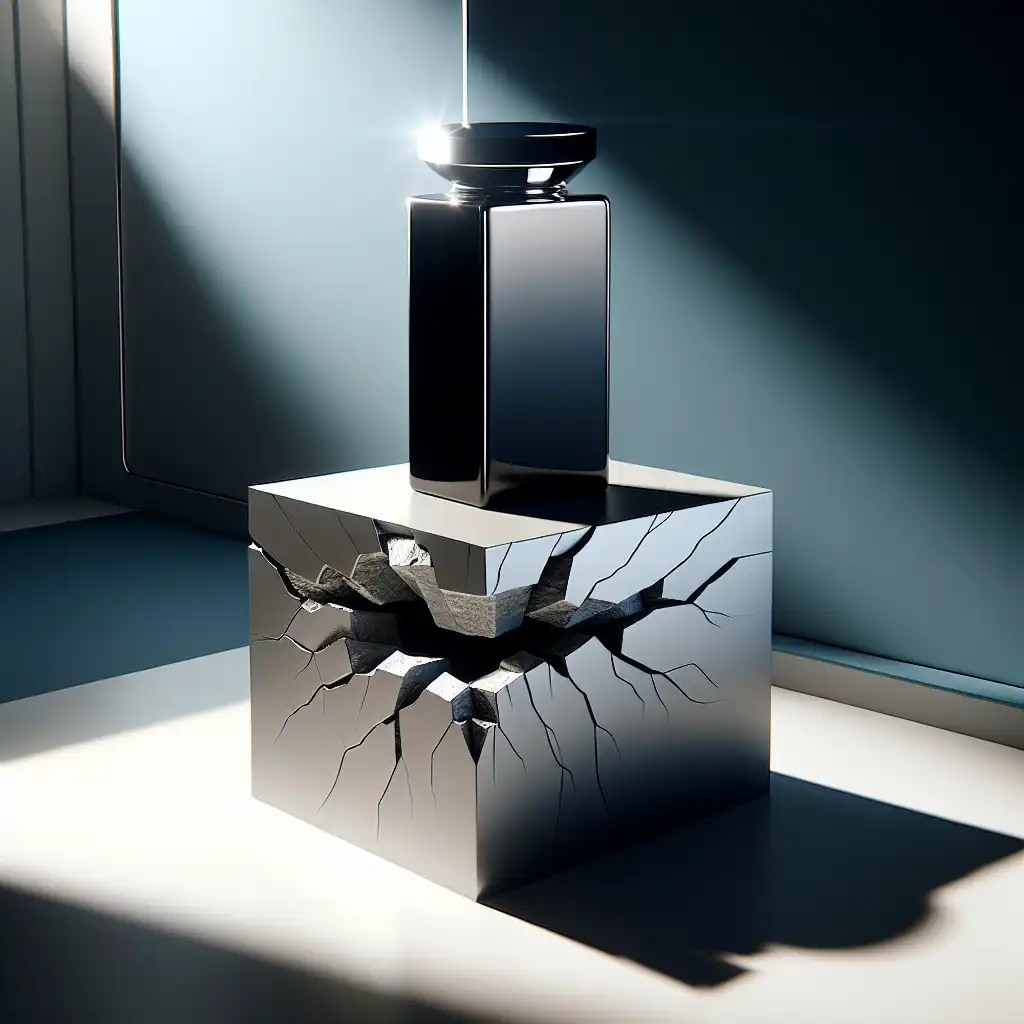
Have feet of clay
Hidden Weakness
The phrase suggests a surprising flaw in something or someone that looks perfect.  The skilled politician, despite her charisma, had feet of clay when it came to financial matters.
The skilled politician, despite her charisma, had feet of clay when it came to financial matters.
Literary Origin
It originates from the Bible's Book of Daniel, where a statue with feet of iron and clay collapses.  He was admired like a towering statue but was found to have feet of clay.
He was admired like a towering statue but was found to have feet of clay.
Figurative Use
Used metaphorically, it applies to situations where something apparently strong has a critical flaw.  The product was revolutionary, yet the company had feet of clay due to poor management.
The product was revolutionary, yet the company had feet of clay due to poor management.